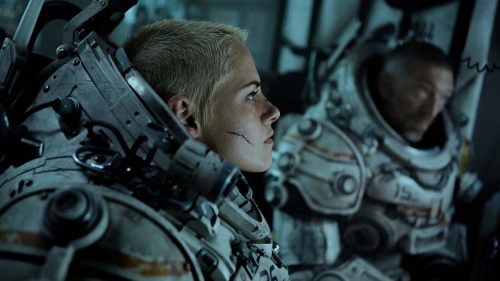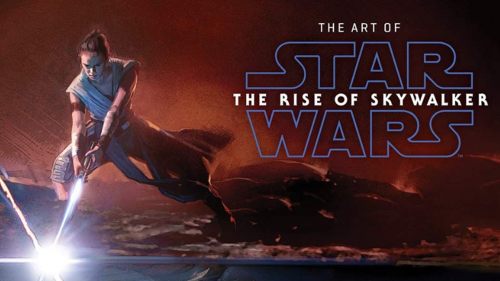ALIEN: THE COLD FORGE Book Review: Solid Sci-Fi Wrapped In Pulp Franchise Trappings
To be entirely honest, I didn't have high hopes when I started on Alien: The Cold Forge. Franchise-perpetuating paperbacks are often underwritten exercises in nostalgia, pulling iconography from the film or video game franchise upon which they are based less to tell an engaging new story in that universe than to conjure good will from the sense memory of seeing those icons realized on screen. And after reading Wampler's review of last year's Aliens short story compilation, I just wasn't confident that the light novel treatment would do justice to the mythos of Ridley Scott's and James Cameron's future hellscape. Color me surprised, then, that author Alex White has his head in the right place with The Cold Forge, crafting a story that could almost be entirely divorced from the Alien franchise but still tonally feels consistent with the films that inspired it.
The titular Cold Forge is a remote Weyland-Yutani space station in close orbit around a star, secretly built with the purpose of developing new weapons technology. On board, there are two projects underway, the first being a new form of computer supervirus, and the other being research on the Xenomorph life cycle by impregnating chimpanzees with face-hugger seed and attempting to deduce how one could turn these directionless killing machines into a genetic weapon. That supervirus doesn't exactly stay contained, and consequently neither do the Xenomorphs, so the chaos is about in line with what you'd expect. As an Alien book, the scenario practically writes itself. It's a little bit disappointing that White doesn't do much with how the Xenomorph physiology differs when born from a chimpanzee host rather than a human, but if you're here to see loads of expendable crew members fall victim to the murderous aliens, you'll get that in spades.
What keeps The Cold Forge from becoming an overindulgent collection of kill scenes is a focus on two main characters whose contrast acts as a firm thematic anchor for a story of corporate callousness and the ways in which minorities are forced to adapt to hegemonic structures to survive, in this case literally. We are first introduced to the obvious and inevitable villain of the piece, Dorian Sudler, an auditor with Weyland-Yutani who values the game of balancing the company checkbook over the lives of those he fires from the company. He has no regard for employees' well-being before or after termination, even when that means sentencing them to death by late-stage capitalism. Sudler is a sociopath who revels in the manipulation of those he considers his lesser (see: everyone), and in this he feels a kinship with the Xenomorphs, who he worships as virtual gods for their killing efficiency. He is an agent of corporate greed, but his true loyalties lie with his own sense of supremacy, which makes the chapters told from his perspective fascinatingly reprehensible.
Contrast this with Doctor Blue Marsalis, the chief genetic researcher aboard the Cold Forge who suffers from a degenerative disease that limits her mobility. She remotely pilots an android named Marcus, so while the crew understands that Blue is disabled and effectively unable to leave her quarters, there aren't many who actively realize that she is a queer woman of color, as the manufactured white masculinity of the Marcus android is what allows her to survive her environment. It's this strength for survival that drives her to secretly use her Xenomorph research to attempt finding a cure for genetic disease, and eventually Blue needs to use every tool at her disposal to survive the Xenomorph outbreak, including the particular advantages that living with her disability has afforded her.
Alien: The Cold Forge is at its best when Sudler and Blue are bouncing off one another, with Sudler's manipulative complexes butting heads against the strength of a woman he thinks by every measure – including race, sex, sexuality, and able-bodiedness – should be below his notice. That thread is lost a bit toward the middle, as Sudler and Blue are forced into their own survival scenarios separate from one other to allow for a maximum number of plot-driving crew deaths, but when the antagonistic relationship is first established and when the pair finally come to the fruition of their arcs' evolutions, the depths of their animosity provide a fitting layer of subtext that's a bit juicier than one might expect from a pulp paperback novel. In this sense, the iconography of the Alien franchise is almost incidental, as the Xenomorphs don't serve much symbolic purpose besides being the catalyst for these character dynamics. But if feeding into the Alien franchise machine was the necessary step to take in bringing these characters to life, I'd say the plot contortions were worth it.



